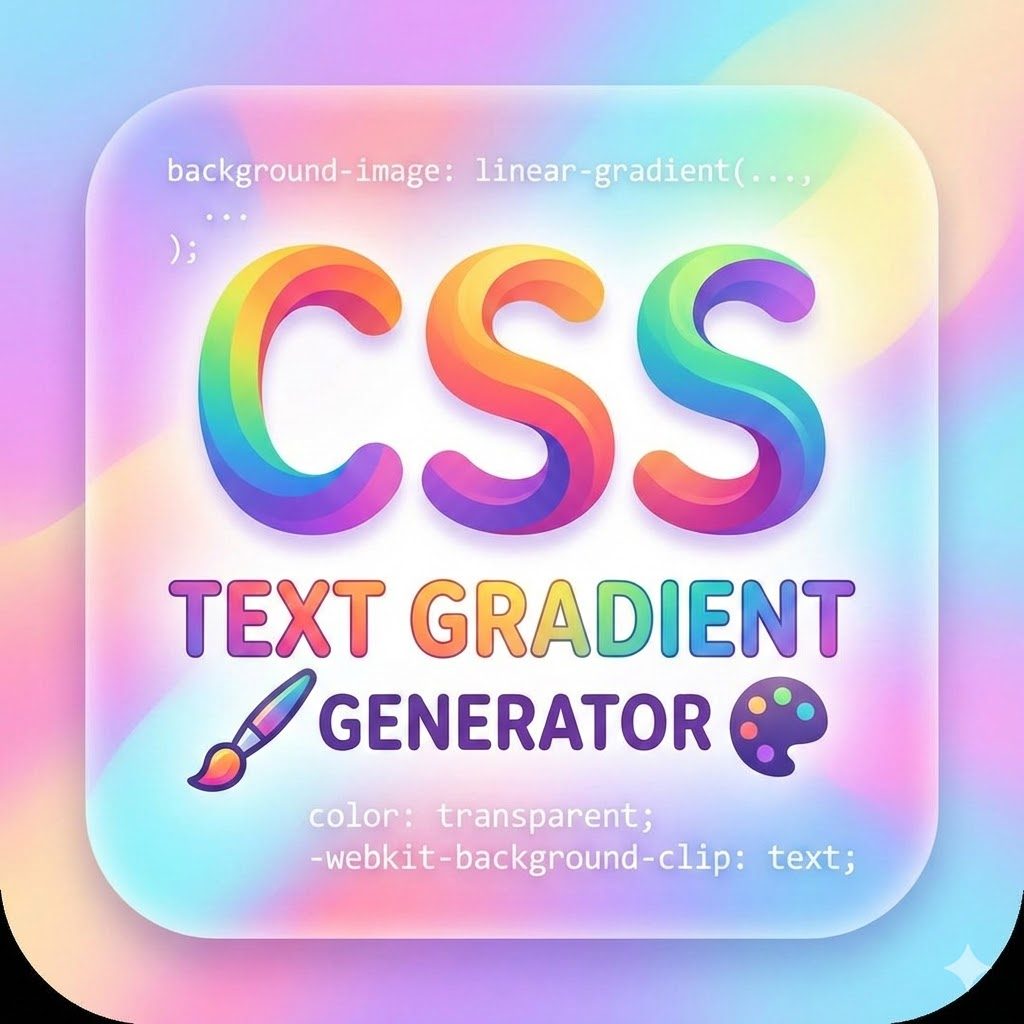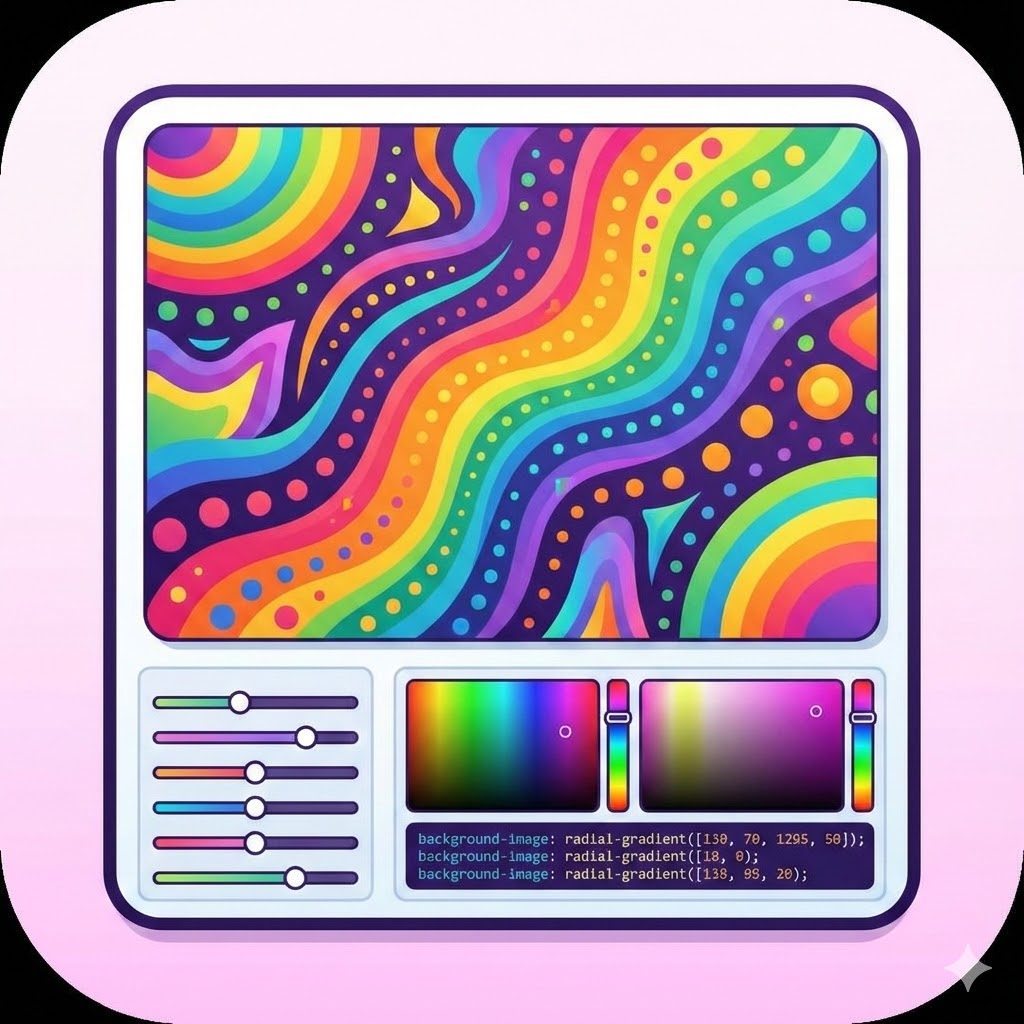Trifid Ternary Cipher
Encrypt & decrypt text with the Trifid Cipher online. Securely encode your messages using this ternary-based cryptography tool. Free and easy to use!
The Trifid Ternary Cipher Generator 🧮✨ is an advanced yet elegant cryptography tool that brings to life one of the most fascinating polygraphic ciphers ever invented — the Trifid Cipher. Created in 1902 by Félix Delastelle, the Trifid Cipher expands upon his earlier Bifid Cipher by adding a third dimension, combining substitution and transposition in a 3×3×3 cube structure that encrypts text with incredible sophistication for its time.
This tool lets you generate, encrypt, and decrypt messages using the Trifid system — complete with a ternary grid visualizer, customizable keys, and grouping controls — all through an interactive, educational interface. It’s ideal for students, puzzle solvers, historians, and cryptography enthusiasts eager to explore how mathematics and language intertwine in classical encryption.
⚙️ Key Features:
🔣 Interactive 3×3×3 Cipher Cube:
Visualize and manipulate the Trifid grid, showing how letters are encoded into three-coordinate positions — representing rows, columns, and depth in a 3D cipher space.🧩 Custom Keyed Grids:
Generate custom grids based on a keyword or random seed, or manually assign characters (A–Z, plus optional punctuation or space).🔢 Ternary Coordinate Mapping:
Each letter is represented by a three-digit coordinate (e.g., A = 111, B = 112, C = 113), blending ternary logic with classical cryptography.🧮 Adjustable Grouping Size:
Control how many letters are combined before coordinates are rearranged — the key to increasing complexity and diffusion in ciphertext.📤 Encryption Mode:
Input plaintext, set your key, and instantly generate ciphertext, with each encryption stage visualized — from coordinate encoding to transposition.📥 Decryption Mode:
Paste ciphertext, enter your key and grouping value, and the tool will rebuild the original message step by step, showing coordinate alignment and cube reconstruction.🧠 3D Visualization:
View the cipher cube in real-time as each coordinate is assigned and rearranged — a unique feature that makes learning this cipher fun and intuitive.🔍 Group Analysis Mode:
See how changing the grouping size (e.g., 5, 10, 15) affects message scrambling, strength, and diffusion quality.📚 Learning Mode (Step-by-Step):
Watch each transformation in the encryption pipeline:Plaintext → Ternary Coordinates
Coordinate Grouping → Transposition
Reassembly → Ciphertext
💾 Export Options:
Save your cipher cube configuration, export encoded messages as text files, or share them for collaborative cryptography experiments.
💡 How It Works:
The Trifid Cipher is a fractionating polyalphabetic cipher — meaning it splits letters into parts (fractions), rearranges them, and then recombines them to form ciphertext that’s extremely hard to break using simple frequency analysis.
Here’s a simplified example:
Step 1 – Build the Cube
Imagine a 3×3×3 cube filled with 27 unique symbols (A–Z and “.”):
| Layer 1 | Layer 2 | Layer 3 |
|---|---|---|
| A B C | J K L | S T U |
| D E F | M N O | V W X |
| G H I | P Q R | Y Z . |
Step 2 – Encode Letters
Each letter gets a 3-digit coordinate:
A → 111, F → 122, O → 223, etc.
Step 3 – Combine and Transpose
For plaintext “HELLO”:
Combine all coordinates:
1 3 3 1 2 2 2 1 2 2 1 2 2 2 3
Then regroup: first all first digits, then all seconds, then all thirds — a step that shuffles the structure and increases diffusion.
Step 4 – Decode
Using the same key and grouping, reverse the process to recover the original plaintext.
The result is stronger and more complex than the Bifid cipher, due to the additional third dimension and greater coordinate intermixing.
🧭 Historical Significance:
Invented in the early 20th century by Félix Delastelle, the Trifid Cipher was one of the most mathematically elegant classical ciphers ever developed. It demonstrated how combining coordinate-based substitution with block transposition could yield remarkable strength — foreshadowing the logic used in modern block ciphers like AES.
It became popular among cryptography hobbyists, intelligence communities, and educators, serving as a bridge between classical pen-and-paper encryption and modern data encoding methods.
🌍 Perfect For:
🧑🏫 Teachers & Students learning about classical encryption and cipher evolution.
🕵️♂️ Cryptography Enthusiasts exploring pre-digital encryption algorithms.
💻 Developers & Puzzle Creators building cipher-based games, escape rooms, or educational simulations.
📜 Historians & Researchers studying pre-computer cryptosystems and Delastelle’s contributions.
🧩 Gamers & Puzzle Solvers decoding cipher messages and testing grouping variations.
🔍 Why It’s Valuable:
The Trifid Ternary Cipher Generator combines the depth of mathematics, the beauty of logic, and the thrill of code-breaking. It turns the abstract idea of 3D encryption into an interactive, visual learning experience.
Users can:
✅ Learn how fractionation and transposition combine for strong encryption.
✅ Understand how grouping size affects cipher strength.
✅ Explore the relationship between classical ciphers and modern data encoding.
This tool isn’t just about encryption — it’s about thinking like a cryptographer, seeing patterns in coordinates, and discovering how structured randomness can conceal meaning.
✨ In Short:
The Trifid Ternary Cipher Generator 🔢🧠 transforms your text into 3D-encoded cipher art — merging history, logic, and cryptography into a single interactive experience.
It’s more than a cipher tool — it’s a journey into the geometry of secrecy, where words transform into coordinates and meaning hides between dimensions.
Encode. Group. Decode.
With the Trifid Ternary Cipher Generator, your messages gain a new dimension of mystery. 🔐📦💫






